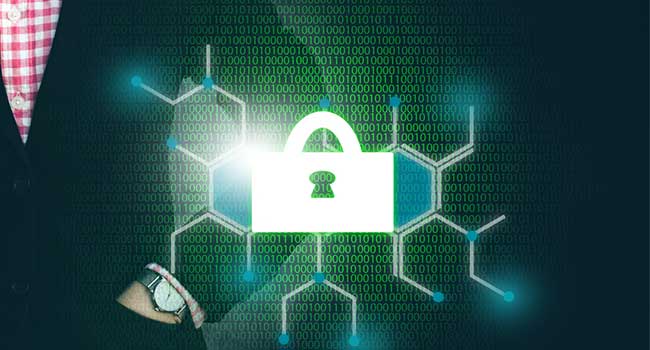
Business Leaders Rank Cybersecurity as Most Serious Risk Facing Their Company
With increasing economic uncertainty, 83% of executives are focusing their business strategy on growth, according to the latest PwC Pulse: Managing business risks in 2022. That uncertainty has become the standard with business leaders feeling cautiously optimistic about their ability to navigate future economic, social and geopolitical uncertainty.
“On the whole, this generation of corporate leaders have minimal experience navigating a recession, yet with the possibility of one looming amid increasing geopolitical divides and skyrocketing inflation, they are bullish on their ability to handle what could be ahead,” said Kathryn Kaminsky, vice chair – Trust Solutions co-leader, PwC US. “The last several years have tested resilience and agility, hardening businesses and testing their leadership teams. Looking forward, executives will need to continue adjusting their business strategy and investments to mitigate risks and capitalize on growth opportunities.”
Executives continue to have significant risks on their radar. Amid increasing geopolitical tensions and consumer privacy concerns, business leaders (40%) ranked cybersecurity as the number one serious risk facing their companies. It’s not just top of mind for Chief Information Security Officers and Chief Risk Officers—executives across the entire C-suite ranked cybersecurity as a serious risk. In addition, 58% of corporate directors said they would benefit most from enhanced reporting around cybersecurity and technology.
“Cybersecurity is a strategic business enabler—technology is the central nervous system of many companies—and confirming its data is secure and protected can be brand defining,” said Sean Joyce, PwC Global and US cybersecurity and privacy leader. “There’s now heightened attention from a wider range of business leaders and corporate directors as they recognize that cybersecurity and data privacy should be part of not only a risk management strategy, but also a broader corporate strategy. C-suite and Boards are actively taking steps to better understand the global threat landscape, confirm a foundational cybersecurity program is in place, and manage these risks to create opportunities.”
With growth in mind, executives are increasing investments in digital transformation (53%), IT (52%), cybersecurity/privacy (49%) and customer experience (48%). Many of these investment areas can help improve efficiency and scalability and introduce new technology to boost productivity as companies continue to deal with talent shortages.
Nearly two-thirds of businesses (63%) have changed or are planning to change processes to address labor shortages, up from 56% in January 2022. Ironically, as businesses pivot even more towards automation, it’s critical to find employees with the right combination of deep functional knowledge and technology know-how. Without the right talent, automations can fail to deliver on promised efficiencies and increase operational risk.
Finding the right talent continues to be a challenge for business leaders. Talent acquisition came in second as a risk behind cyber, with 38% of respondents citing it as a serious risk. And in order to attract talent, companies continue to explore new ways of working, including expanding remote work options for roles that allow. A large majority (70%) of respondents said they have either implemented this or have a plan in place. That, too, comes with risk as 29% of CHROs say that finding a balance between in-office, remote and hybrid work presents a top-3 workforce-related concern in the next 12 months.
“Organizations are still walking a tightrope when it comes to talent as we begin to see the longer-term impacts of The Great Resignation. Finding the proper balance between investing in specialized talent, managing headcount costs and driving productivity and morale will remain a top focus,” said Bhushan Sethi, joint global leader, people and organization, PwC. “Given today’s economic uncertainty and ongoing polarization, the role of business leaders to inspire creativity, enable job fulfillment and manage inequity—many within a hybrid environment—will be more critical than ever.”
As businesses grapple with risk and uncertainty, building and maintaining trust is key. In our current survey, (42%) of executives say businesses will be the most trusted entity in the next 12 months—up from 38% in January 2022. Executives are doubling down, with 65% saying they are focused on developing and/or refining their trust strategy. They understand the multiplier effect: Companies that have built a greater level of trust with stakeholders—such as customers, employees, regulators and the communities in which they operate—can rely on that reservoir as they respond to evolving business risks, knowing their stakeholders support their decisions.
For more information and to view the full report, visit www.PwC.com.